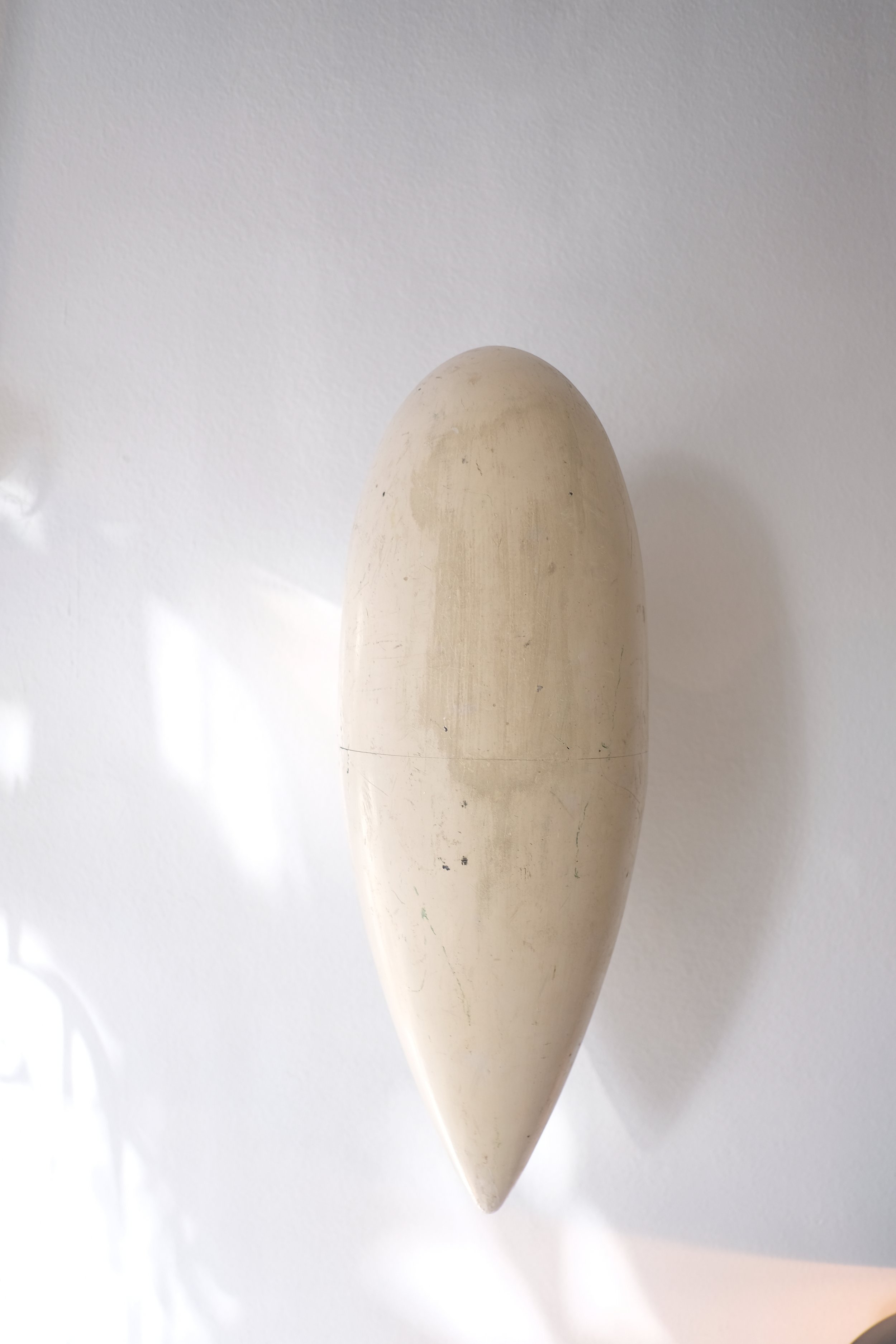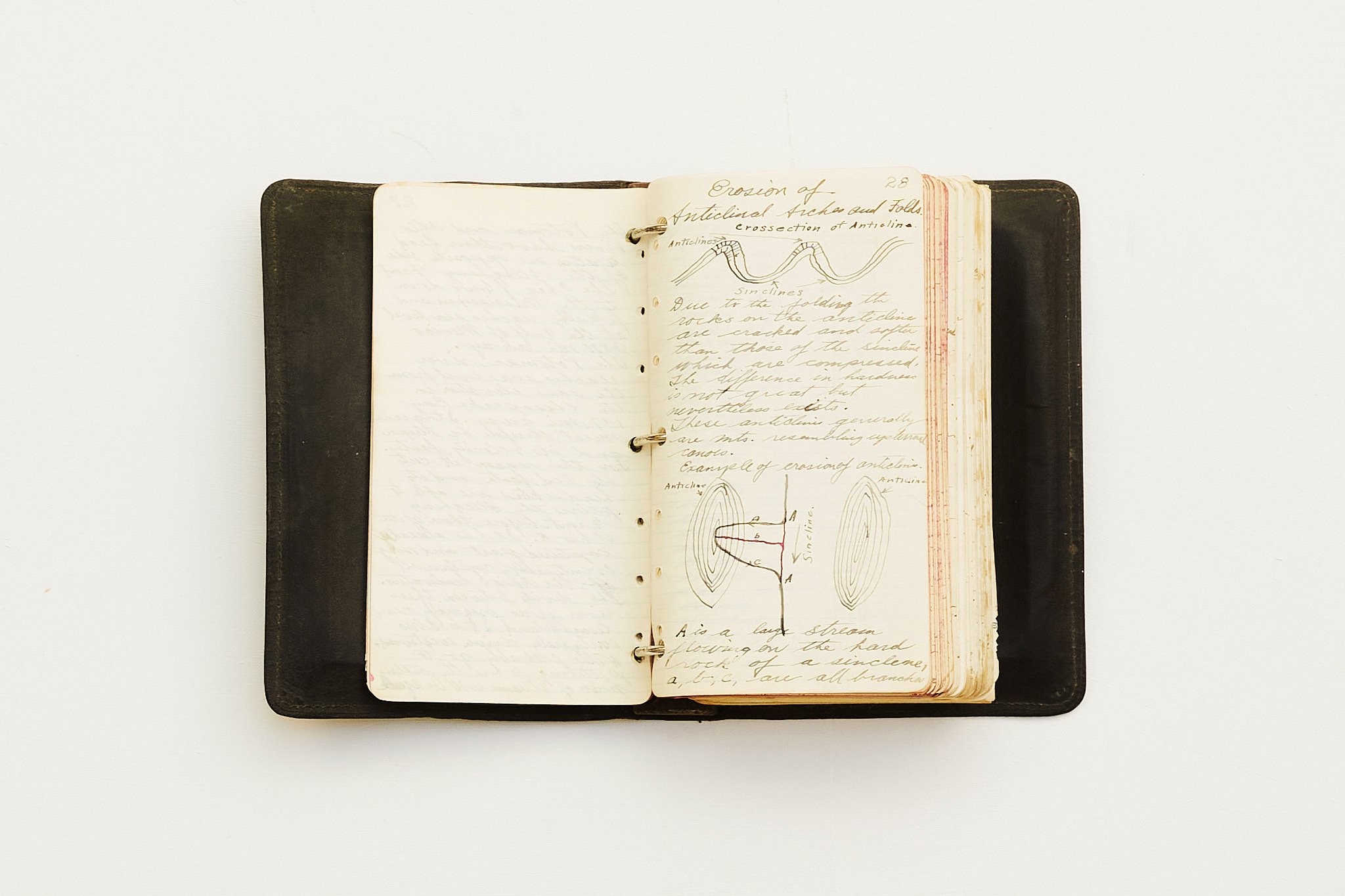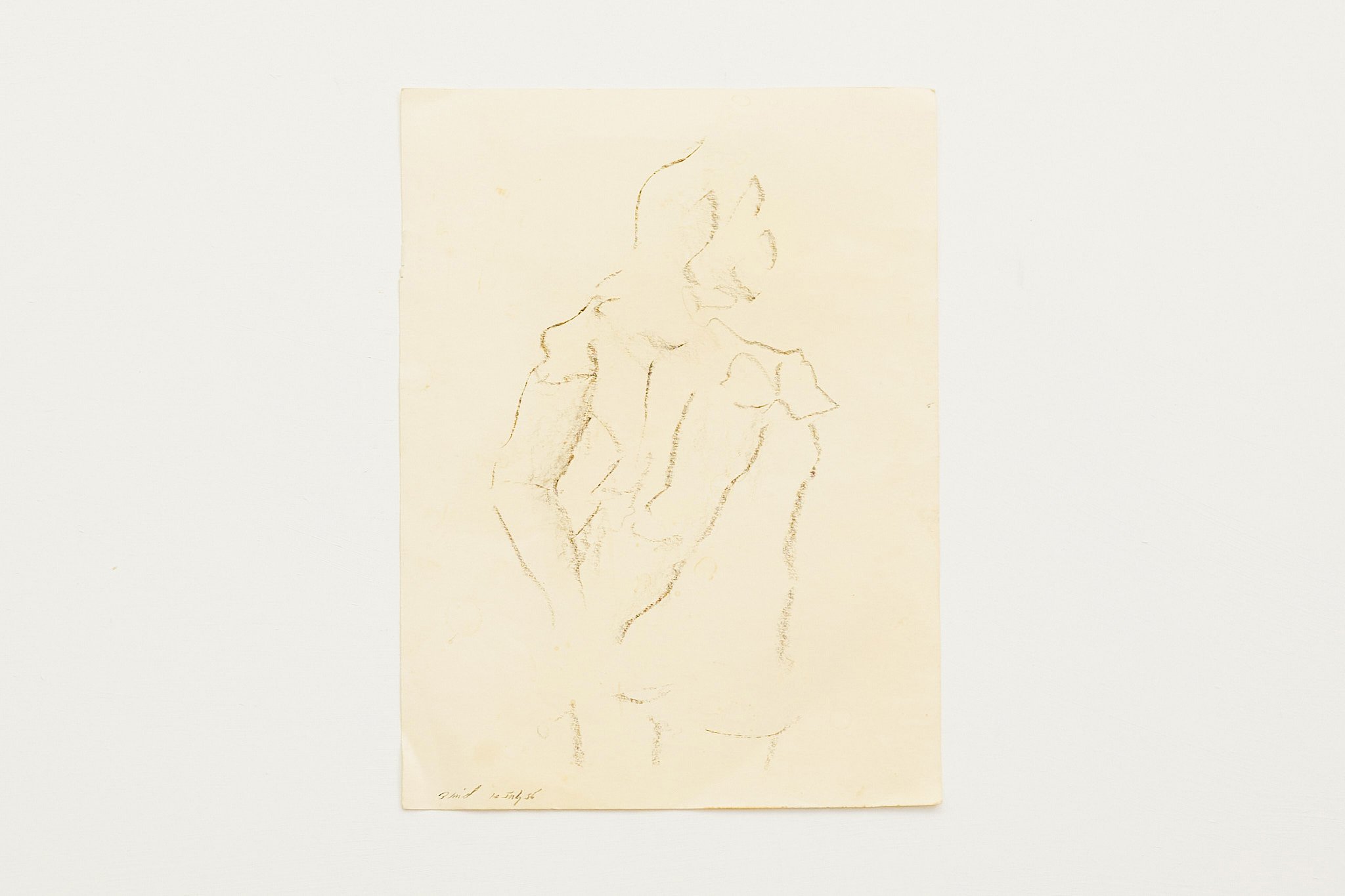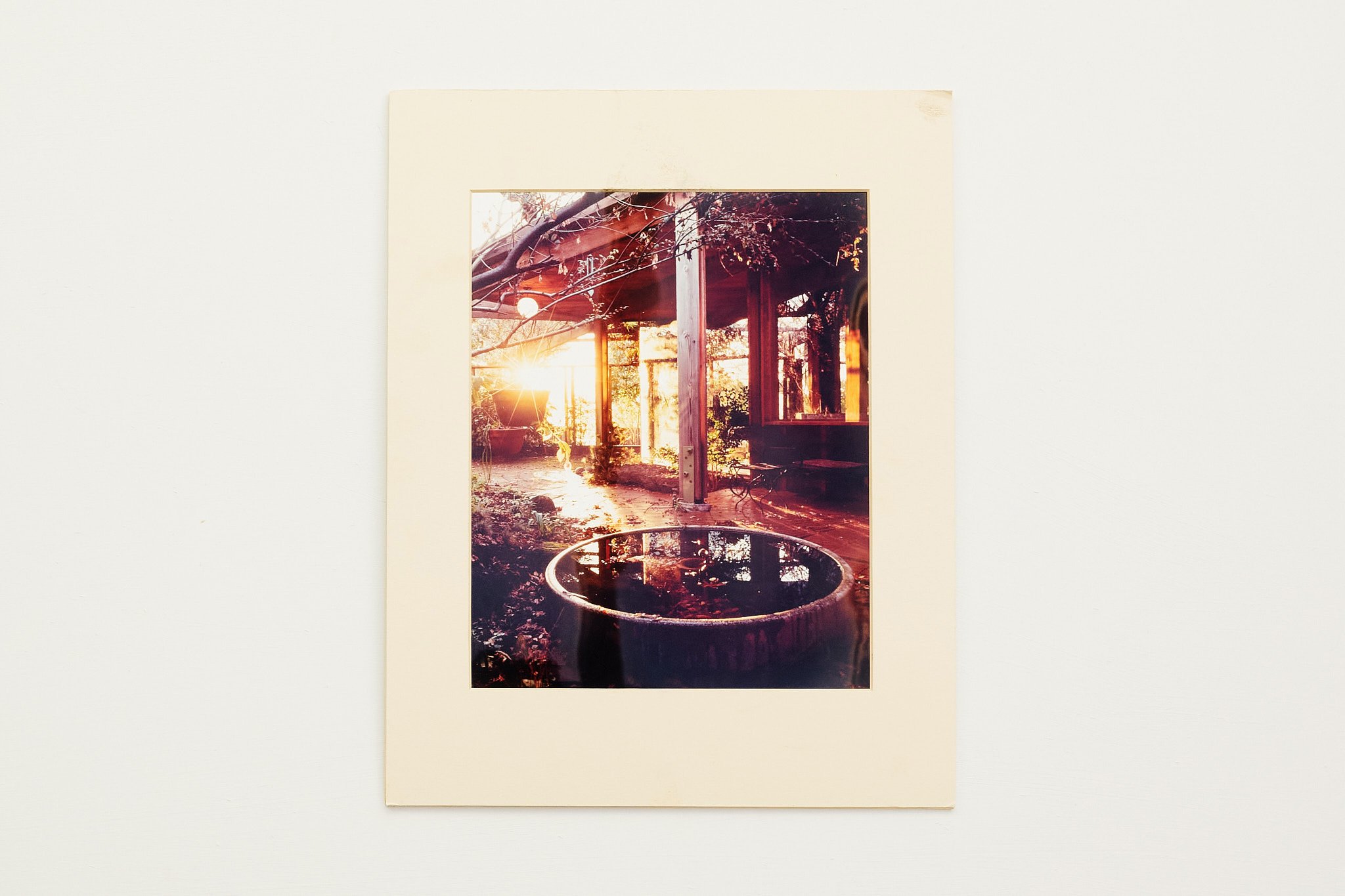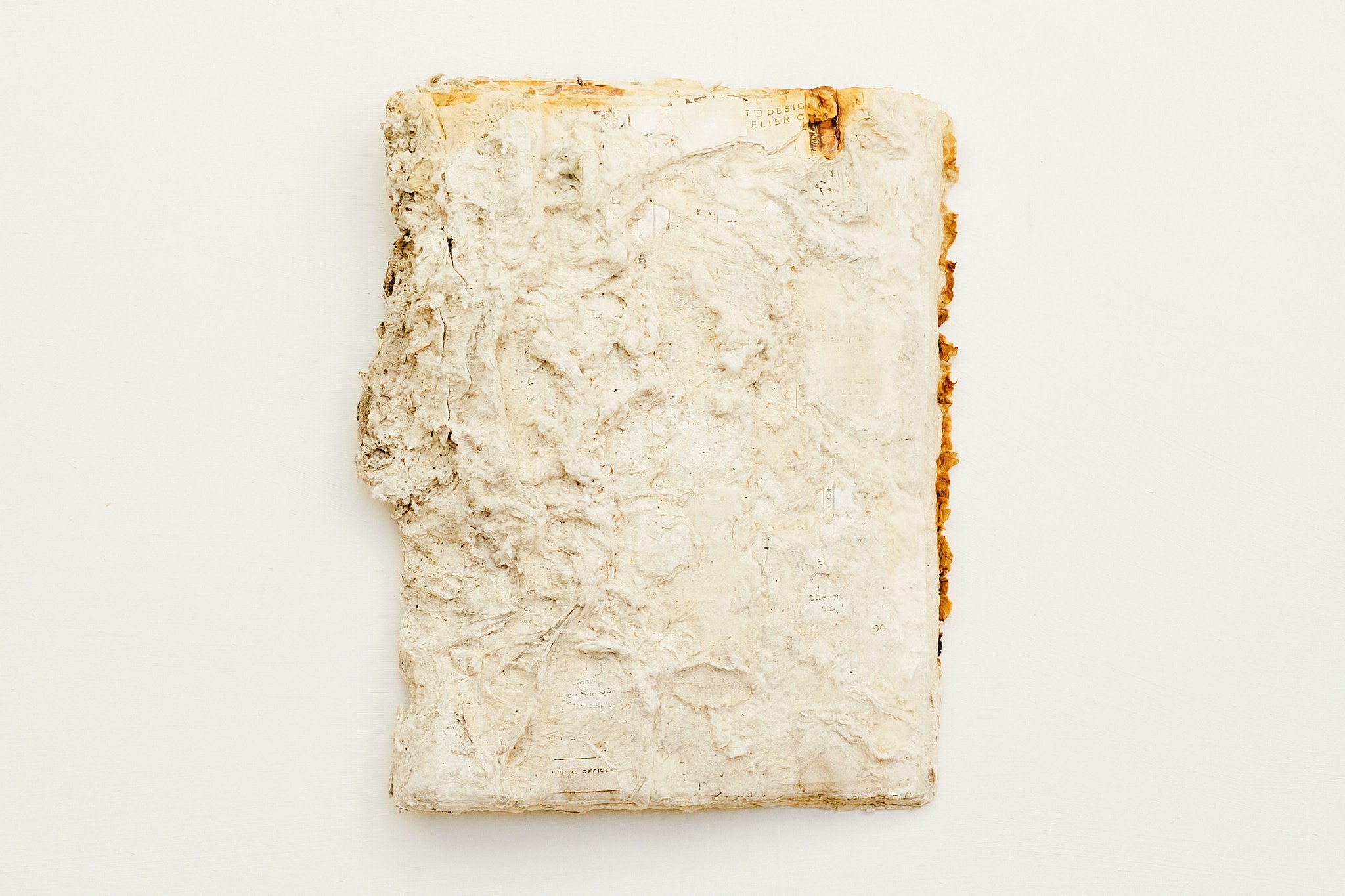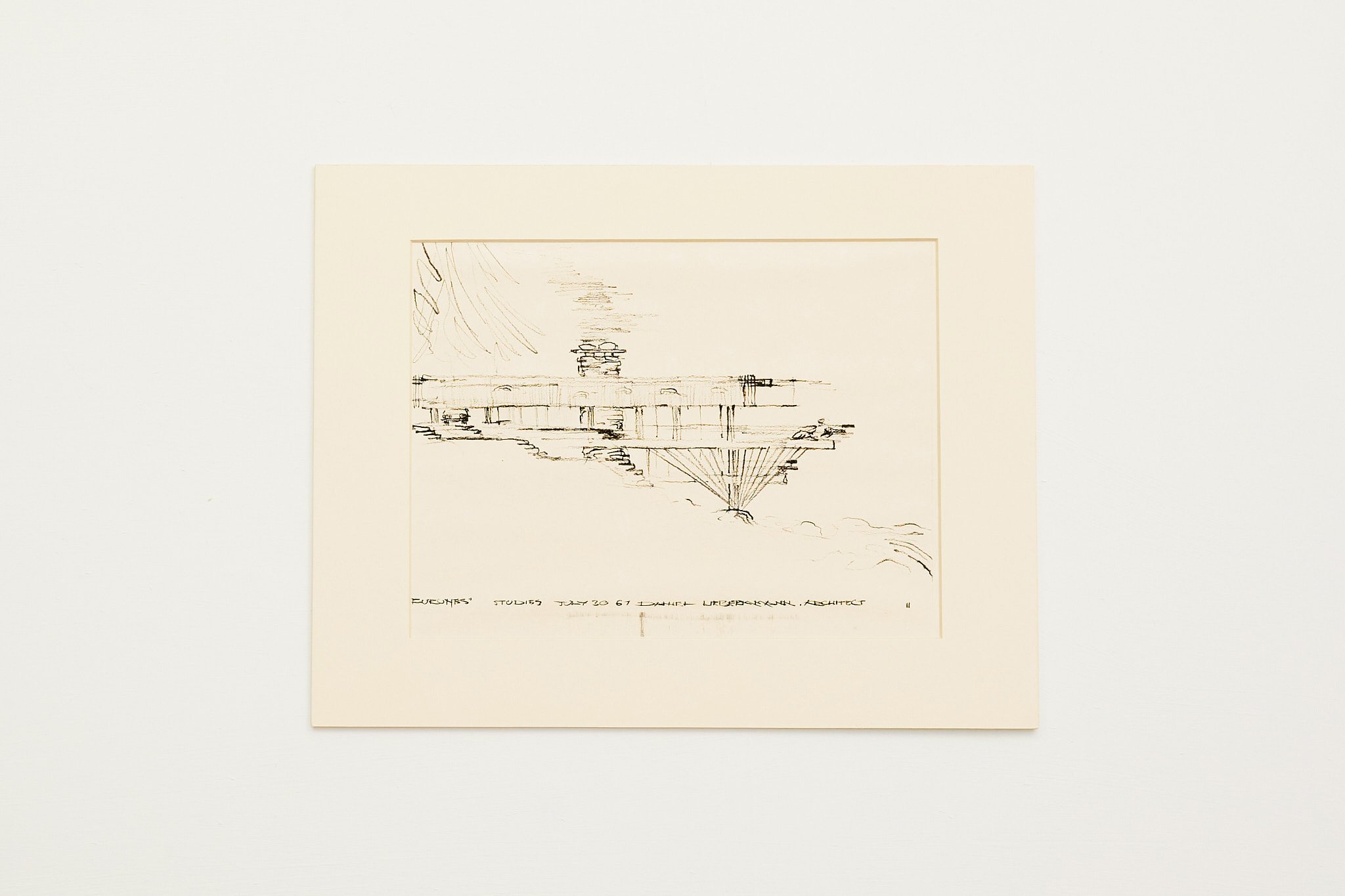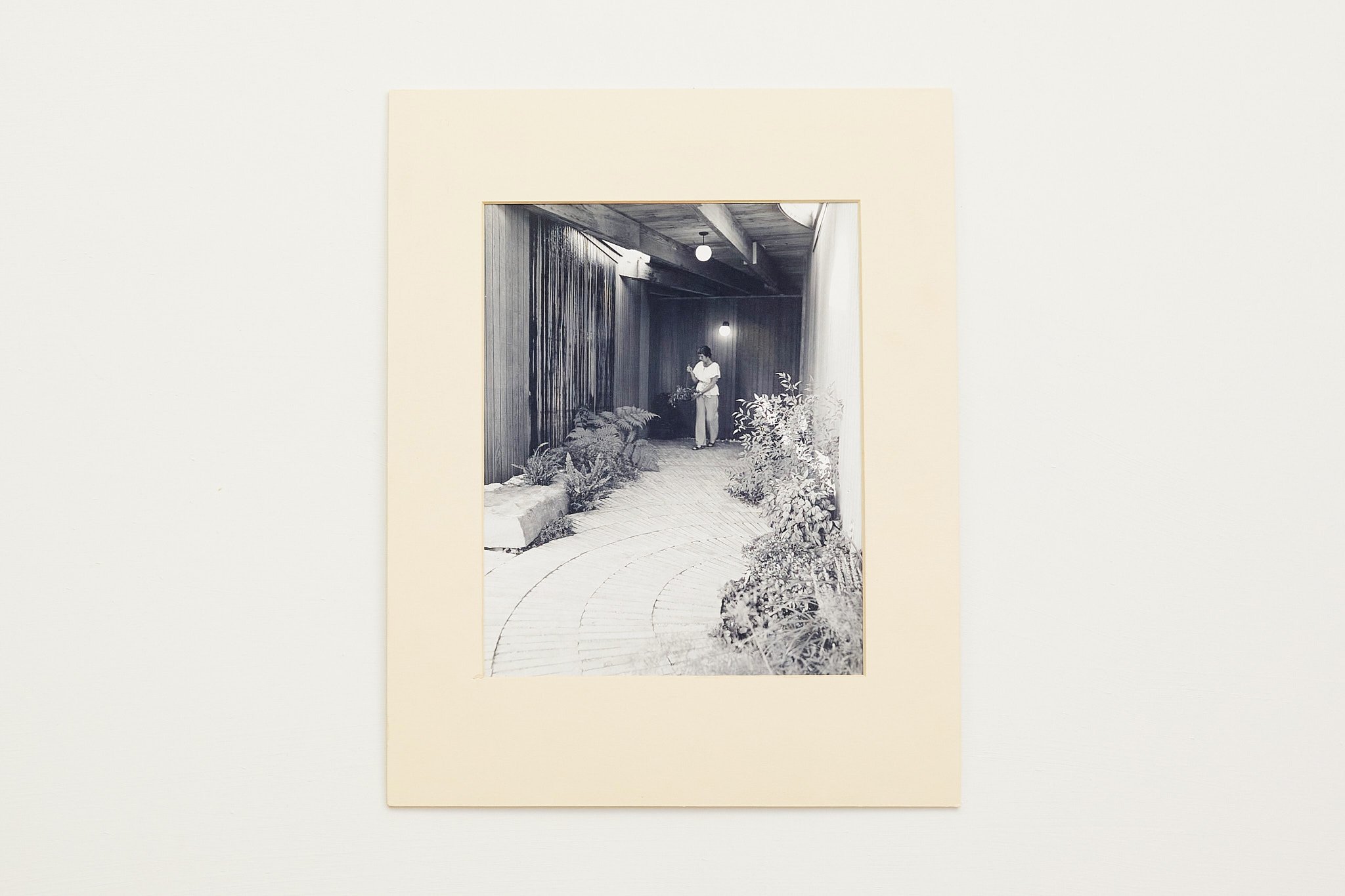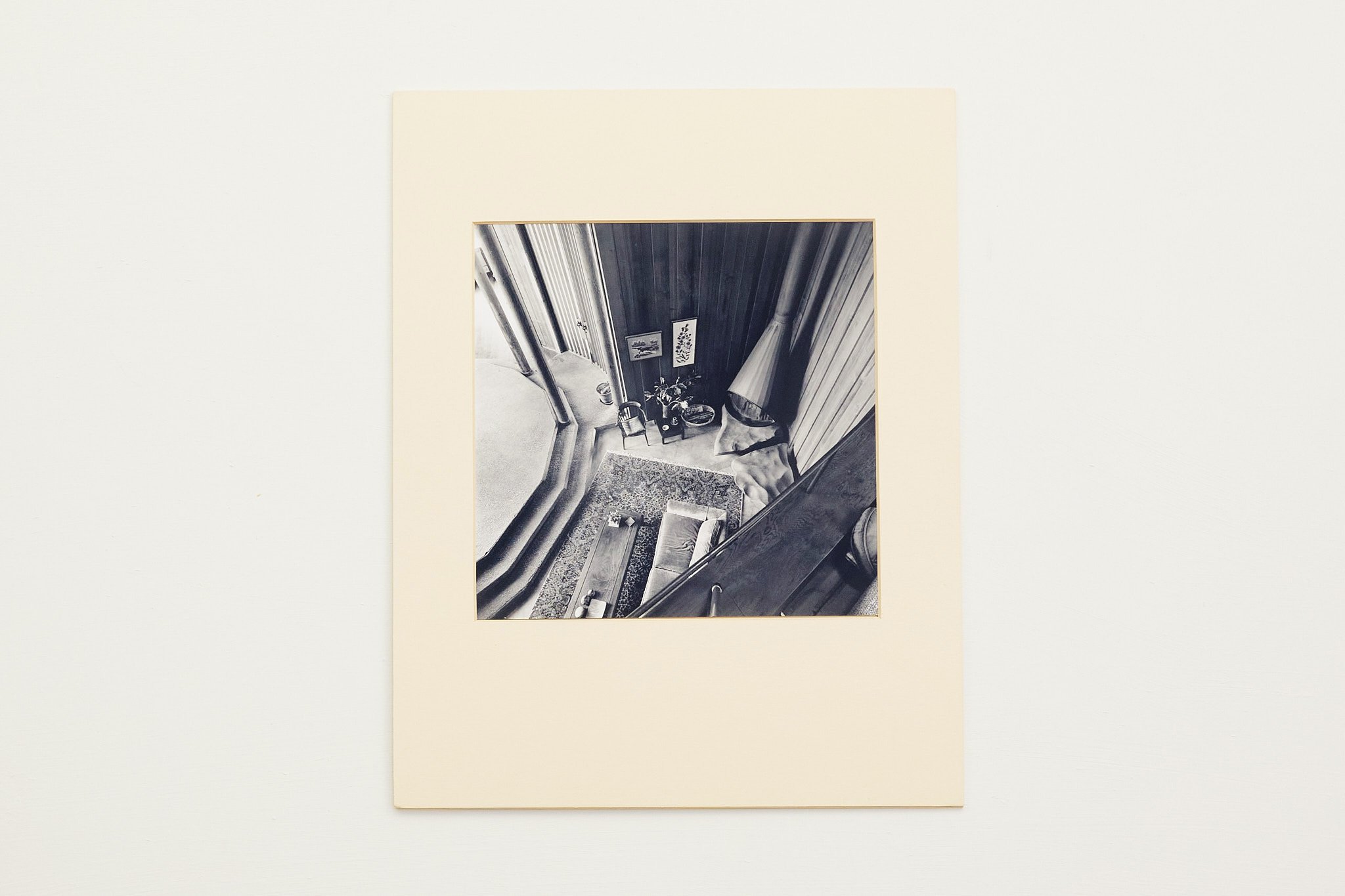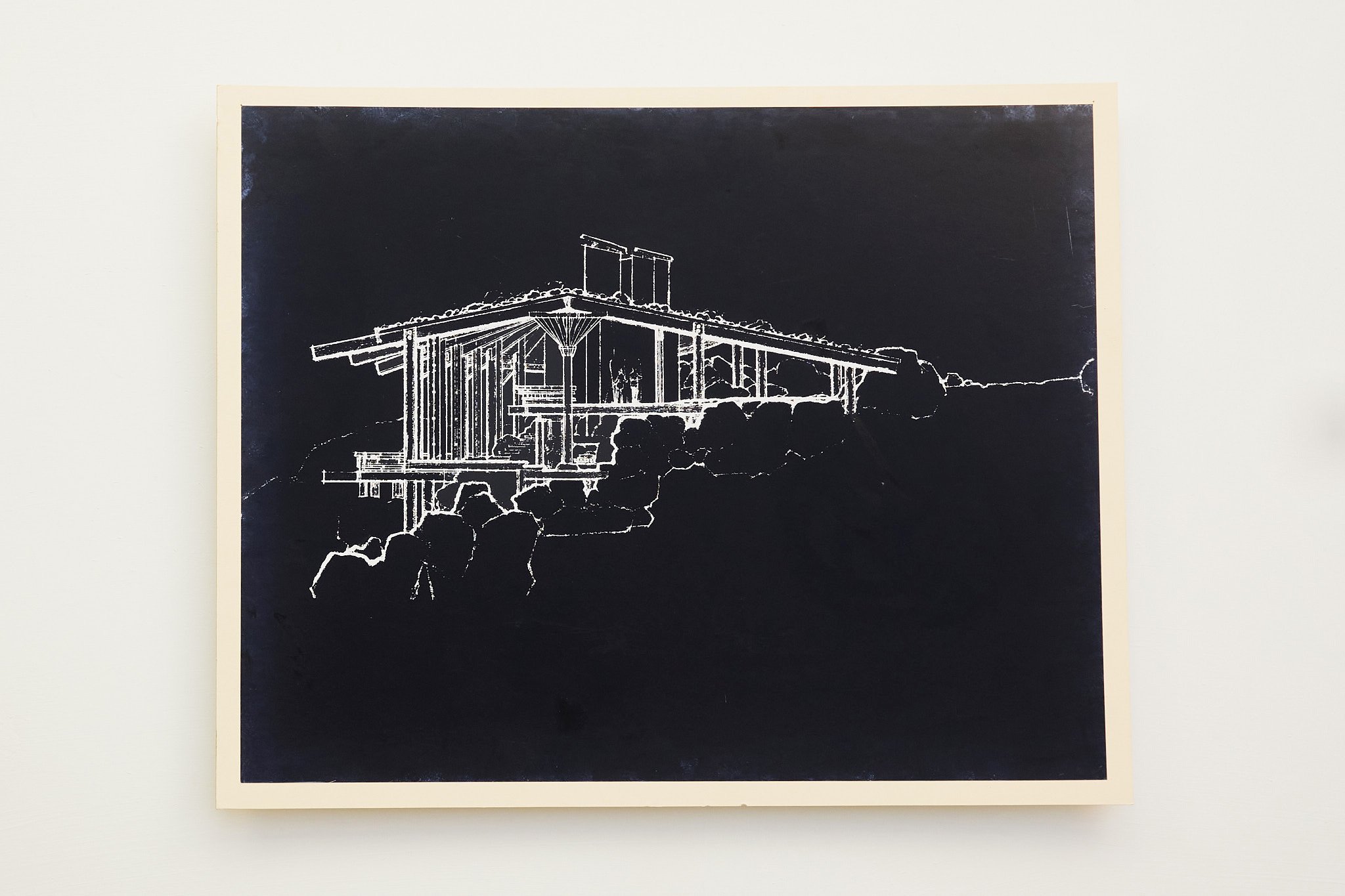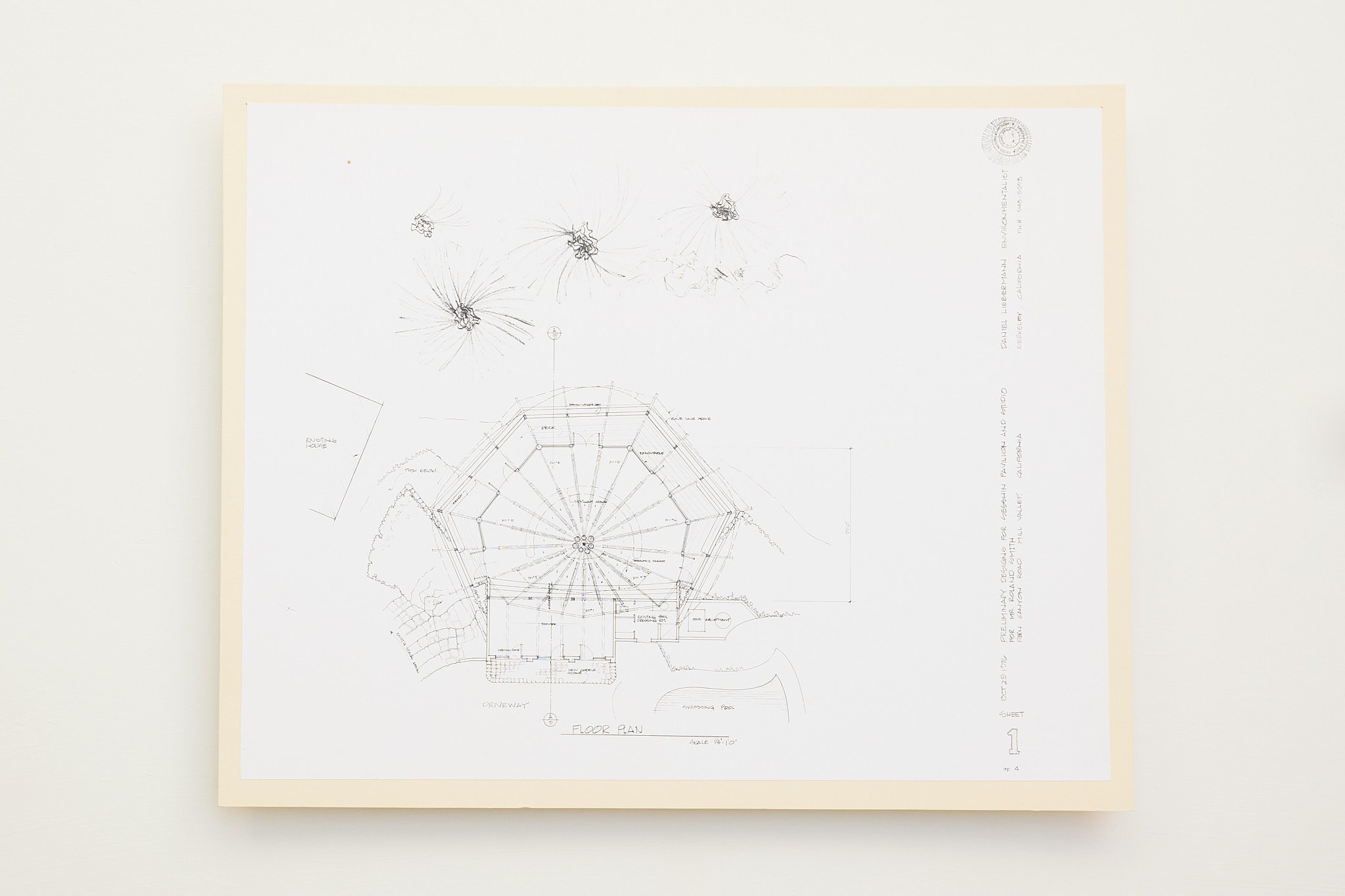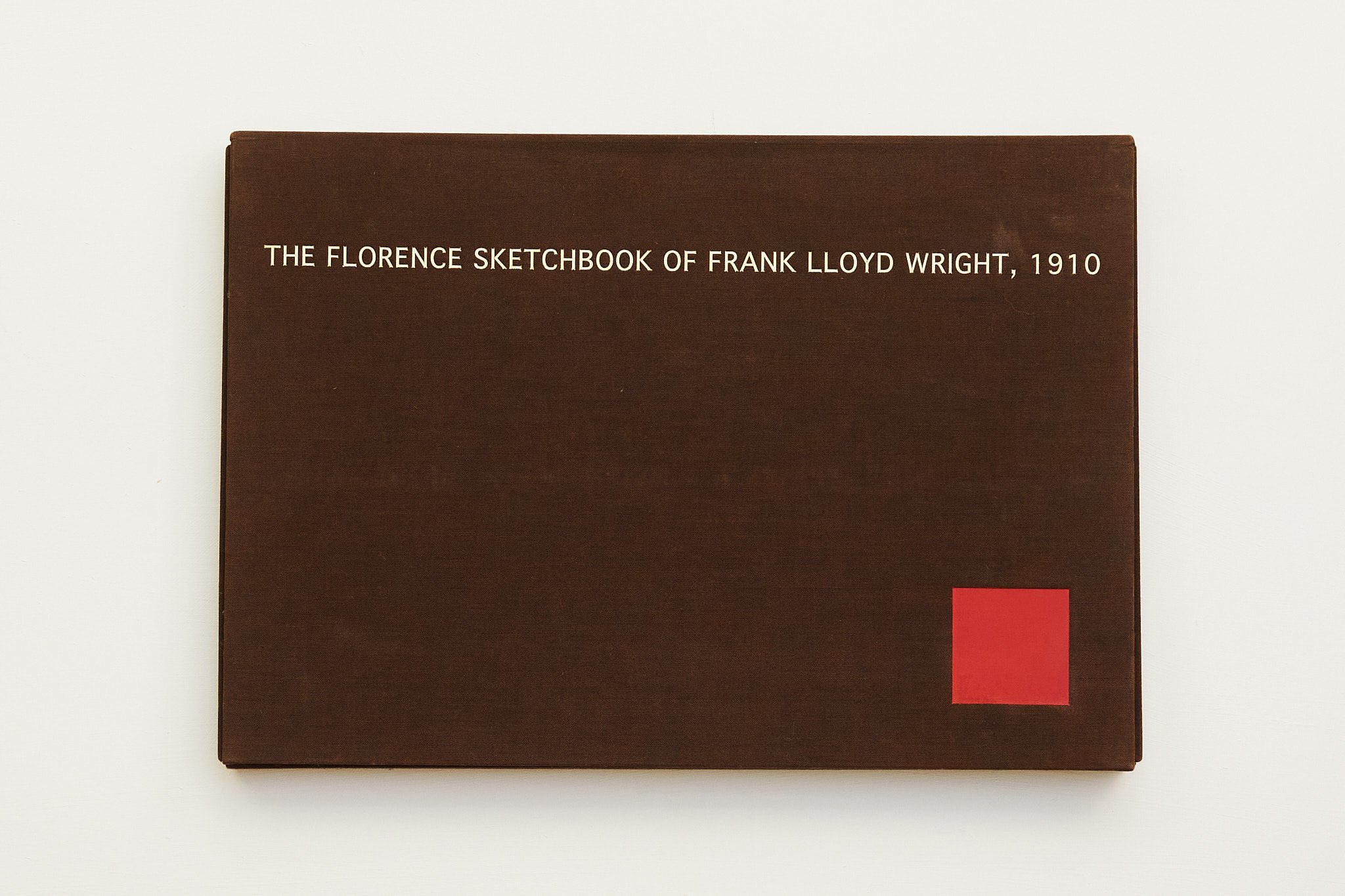Emerging from the ashes: Kintsugi Workshop April 13 2-5 pm This metamodern Kintsugi workshop with a touch of irreverent zen combines the centuries-old practice of Japanese ceramic repair with an imaginative meditation and tea discussion along impermanence and rebuilding anew. Through shattering and repairing, we will explore acceptance, allowance, and redesign from the ever-changing, imperfect, beautiful sculpture of our lives.All participants will leave with a finished Kintsugi Ceramic Piece and an accompanying paper.Materials are provided, including a ceramic cup for breaking, though guests are welcome to bring their own smaller, glazer broken ceramic piece if desired.Feel free to also bring something to write on and wear clothes that can get a little dirty.Guided by Jared Zhang from Fresh Air who’s combined his practice in speculative design, zen meditation, and sculpture."For me the very best things in the world emerge from the ashes. When our whole world falls apart, we are given a very rare chance to practice absolute stillness. It’s not about overcoming the current problem and everything becoming 'ok' again, but it’s about becoming ok with what is.At this very moment right now,then this moment now,and now again."Tête-à-Tête, an exhibition featuring works by Cristina Moreno, Tealia Ellis Ritter and Kira Maria Shewfelt, was curated by Kay Jaramillo. Comprising photographs, paintings and a two-person seat, Tête-à-Tête explores the ambiguous nature of memory, perspective and personal space. Across these mediums, personal intergenerational experiences are examined and archived resulting in an archaeology of self.Past Events
For their CITRUS, visual artists Jack Bool and Cole Barash dissolve the parameters around their work. Using images, projections and mixed media from different bodies of work that pull from documentary, abstract, commissioned, portraiture and the natural world, they put together this installation from out of that visual dialogue.These studies of fallen leaves, forest debris, trees, mushrooms, sky, dried flowers, bridges, and driftwood are from time the artist spent in Northern California last Fall. Every day while at Salmon Creek Farm, she drew from her desk, watching through the paneled windows as the light moved through the redwoods, and walked the varied landscapes of the coastline. Back in her studio, Sara expanded 5 drawings into large scale mixed media paintings that carry on the continuous process of study of forms in nature. SOMMER x P A L L A SFor the month of May, SOMMER will be showing a selection of home objects + apothecary alongside an edit of rare art books from our collection.Opening Friday, May 5th - 27th SLOW CONNECTION: Artists in Residence: Kelley O’Leary, Santino Gonzales & Brian Bartz
Performance/closing reception Saturday, March 4th 6-9pmThe show is a site-specific installation that investigates the invisible infrastructure and frequencies of telecommunications in post-internet San Francisco. This exhibition probes some of the many ecological entanglements and physical absurdities of life in the digital age. The gallery space appears to be a portal to another reality but is firmly rooted in this one, revealing a hidden world that exists around us at all times. Through the mapping of complex systems, the artists seek to visualize the invisible within a technological present. The installation explores electronic depths and scavenges for points of connection between the gallery and its greater context in the infrastructural landscape of San Francisco. This exhibition considers the hidden realms of non-human temporality in order to imagine other perspectives and possible futures of the Network. Kelley O’Leary will spend time at Pallas for one month investigating the networks of communication that exist and have existed within the space and its surrounding geography, including deep below the ground and directly above in the sky. Her practice of collecting and archiving artifacts of the present day from the perspective of an archeologist of the future centers a method of defamiliarization to that which is both intentionally shrouded and hidden in plain sight. This exploration will develop in the form of an emergent multi-media installation in the space.O’Leary will be collaborating with fellow Bay-Area artists, Santino Gonzales and Brian Bartz. Bartz is creating a site-specific sculpture which poetically transcribes the ambient radio waves accessible from within the space into ephemeral printed records. Gonzales will use dowsing rods, discreet radios, & emf detectors to investigate how one can experience the electromagnetic landscape of a space. Exploring the sonic textures of static, low-power transmitters, and the physical reverberant space, the artists will also host a hyper-local radio station from the gallery.Together, the artists will channel their accumulated experiences within the space into a live multi-media, improvisational performance, activated by and in response to PALLAS. Six O’ Clock Shadows: 21 Photographs by Dane Pollok A record of letting goOutside each other’s light comes& their shadows fall vine-like insculpting turning to form a dialect of passageAnd the fifth mound : the actual bursting momentlynette nicole betancur: Miraras
I started this collection of forms simultaneously, the title invoking the quick, peripheral peeks from the corner of one’s eye: sudden glances distinguishing the lightest impression of familiarity and movement. This accumulation of work is a rejection of that quickness; pulling the viewer in, to make their own connections, to internalize the form— in that stillness of rejection, the viewer is left completely open— allowing different sensations to pass. I hand-build my forms using coils, old memories placed beside new, intertwined, and submersed within the clay body; mountain top ridges, with canyons hidden away, lasting recollections of traveling alongside the edges of layered time and pressure. There is a tendency amongst my vessels, a duality that exists in the people around me; to piece together fluidly while each can stand alone — long distance with space, but close when in proximity. Individually, the names of each form hint at nuances in my interpersonal awareness, aspects of my processes that acknowledge and represent both turbulence and rest. -LNB

sara marlowe hall : underneath there is color
Sara Marlowe Hall's ongoing Plaster Paintings are inspired by abstract landscapes from her travels around the world . Using her hands to apply the plaster in thick, expressive strips, the artist transforms flat canvases into sculptural forms. Through investigation of color, Hall references elements of colors from landscapes from her journeys in her paintings. The use of unique layering of the plaster and gauze, when mixed with acrylic paint, celebrates moments when buried colors peak out towards the surface. The paintings evoke a sense of wonder and nostalgia when amongst them, transporting you to these landscapes.
Jason Sutherland Hsu: Portrait
Steph Pan’s photographs of California, taken from the car window, printed on vellum paper.
Zone of Life, part two: the dusk
dance performance and workshop by the Nishikawa collective, DECEMBER 10th & 11th, 2021.
multimedia performance artist and choreographer directs her new site-specific piece, Zone of Life: The Dusk with dancers Victoria Dombrosky and Tatyana Kot, musical score by Mamasi Tomihisa, and poetry by Elizabeth Snowden

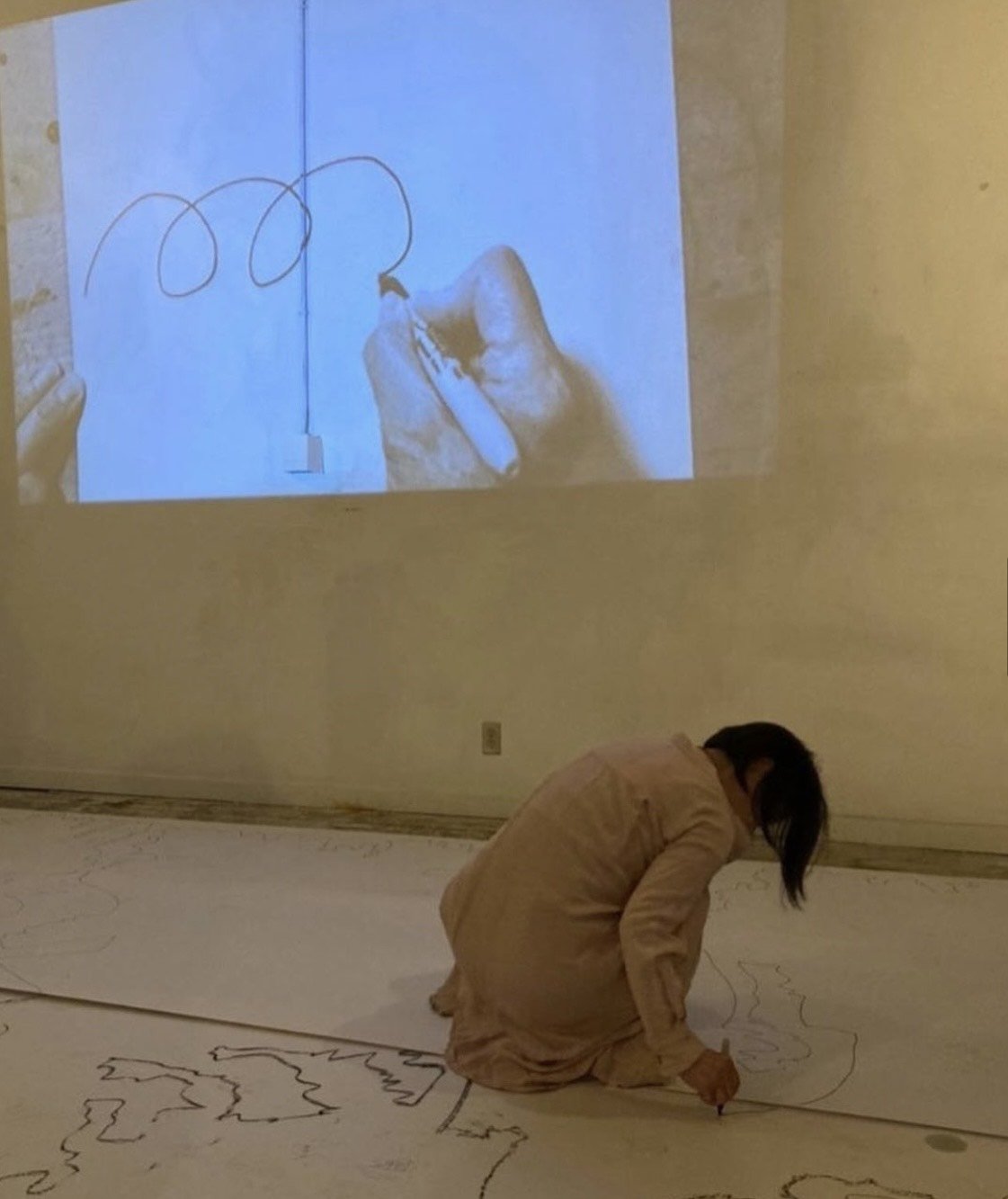

Earthly Antinomies, Tracey Kessler // 11.12 -12.12 2021
Tracey Kessler moves between media and material, different perceptual routes in which her gestures and those proper to the materials create a third gesture that is the work itself. The third axis, a meeting place, extends to the viewer. Here she incorporates natural materials—flax, wool, straw, wood, clay, leather, and iron—and materials that time has made almost second-nature— rope, wire, and chain metal. Questions about what is natural, how nature AND work on materials, and the place of humans and their creative touch are present in these gestures of materiality. They turn us back toward the ground of our being amid climate change and the pandemic.
The paintings (Understanding Elsewhere, Zygote Edition, Navigating Mixed Terrain) often blend oil paints with natural pigments (oak galls, sumi ink, copper, onions skins, eucalyptus, various other plant forms mixed with iron oxide). Acrylics, thick gesso, charcoal, ink, graphite, colored pencil and encaustics form outlines. She experiments with how they interact, how they contrast.
Nature's presence: leaving pieces outside in the rain; sun fading; salt-wind pushing over and wearing; letting time and weather go by and the materials to decompose and evolve with the imprint of their passage. For Electric Intent, she gathered roots, painted them with aluminum pigment, spray paint, and enamel and left them outside for 10 years before wiring them with the electrical mechanics of a kiln—another experiment in action and reaction.
Before focusing on painting, ceramics, fiber art, and sculpture, Kessler was an interior designer. The structure of designing and building, the actions of programming, concept development, schematic design, building, shaping, and making carry through to her art. But while she sets up parameters, her abstract painting sheds time or consciously takes up a different rhythm.
In a recent article about his exhibition of photographs of the Amazon, Sebastião Salgado said, “If the human lifespan were a Millenium, we’d understand very well our problems, our planet, we’d be adapting to another way of life on the planet. But we have no time, you see?” To the Greeks, the gods lived in a sphere that was outside of mortal, cyclical temporality. The way to enter it was through action, praxis, which like the Milky Way cuts a straight line through the cosmos. Kessler's recent work explores our earthly condition—the cycles and circles of action, reaction, coaction, and interaction—to cut through the dualities of our nature, our double-binds.
The show's central installation, Earthly Antinomies, features a cluster of flattened ceramic pieces tethered by strips of leather. Like mirrors on a wall that give us eclipsed reflections, their shapes take on forms that shift as you look at one and then another, and the spaces in between them. Cutting boards, animal organs, archaic talismans, and reliquaries also come to mind. We think too of surfaces—treated, glazed, tanned, industrialized—that we live with bodily and visually. As elements in flux in daily life, we relate to them in ways that vary with our understanding.
Antinomy is defined as a contradiction. But the root is anti-nomos: against or anti-law. Kessler breaks with Aristotelian logic, with its laws of identity and the excluded middle. For Kant, an antinomy was a category of conjoined ideas—God and freedom; space and time; atomism, spontaneity and causal determination. If we tried to apply the reason of empirical experience to it, we'd get a contradiction, a double-bind. Reason cannot reach the transcendent, Kant argued. Antinomies like earth and nature or human and non-human are our lives' defining spirits. We are the in-between, grains glistening in the furrow. Tomorrow's harvest. I’ll bring it to you.
From the collection of daniel liebermann
The items in this collection belong to Daniel Lieberman, a prominent residential architect in the Bay Area during the second wave of West Coast modernism. Lieberman was a leader in the organic architectural movement that focused on curved rather than rectilinear forms, primacy, and synthesis of site in design considerations, and the integration of ecological practices - through an emphasis on natural forms, salvaged building materials, and solar energy gain and storage.
His architectural style incorporated a central whorled column with radial joists that explode, as he said, like sunbursts to walls of windows. These big, open gestures are then made intimate by the ellipse floor plan of each individual pod. The ellipse was to him the most naturally delightful shape for human interaction with space. Daniel was influenced by his time with Frank Lloyd Wright, at Taliesin and working on the Marin Civic Center. His signature central column and glass walls are commonly believed to have been influenced by Wright’s Lily Pad column design for the Great Workroom at the Johnson Wax headquarters - although Lieberman himself said his specific inspiration was the wooden parasols common in Burma and other Southeast Asian countries, where his father was stationed as a UN water sanitization expert.
Lieberman died in a hand-built cabin in West Marin that he designed and crafted in his style using exclusively materials reclaimed from area demolition sites and lumber milled on site from trees killed by the 1995 Mt Vision Forest fire. These items were part of his collection of things—shells, rugs, pipes, baskets, tapestries; toy ducks, cars, and boats; his own papers and notes, typewriters, magazines, and experimental epoxy sculptures. he saw in their relationship to each other, house and landscape—he called that resonance empathy.
